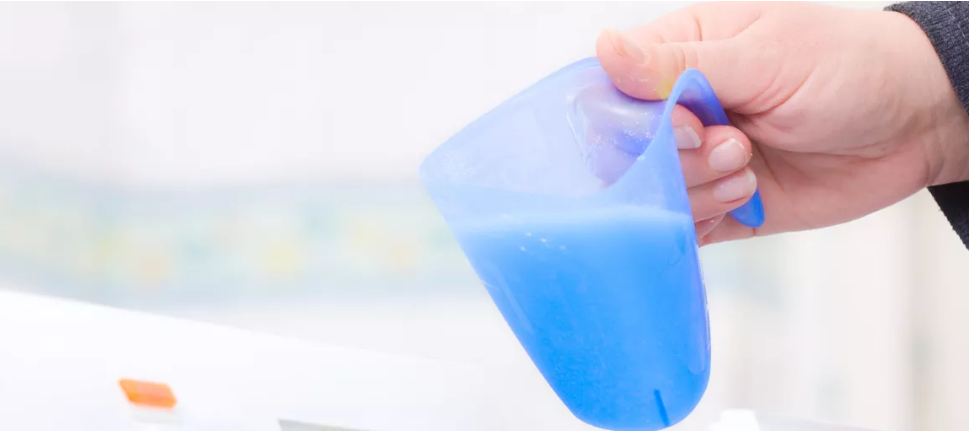Laundry detergent, or washing powder, supplier Distributor Manufacturer in Visakhapatnam india
Laundry detergent, or washing powder, is a type of detergent (cleaning agent) that is added for cleaning laundry. While detergent is still sold in powdered form, liquid detergents have been taking major market shares in many countries since their introduction in the 1950s.
Liquid detergent pods
Laundry detergent pods have also been sold in the United States since 2012 when they were introduced by Procter & Gamble as Tide Pods. Earlier instances of laundry detergent pods include Salvo tablets sold in the 1960s and 1970s.
Soils
Washing laundry involves removing mixed soils from fiber surfaces. From a chemical viewpoint, soils can be grouped into:
Water-soluble soils such as sugars, inorganic salts, urea, and perspiration.
Solid particulate soils such as rust, metal oxides, soot (carbon black), carbonates, silicates, and humus.
Hydrophobic soils such as animal fats, vegetable oils, sebum, mineral oil, and grease.
Proteins such as blood, grass, egg, milk, (starch), and keratin from skin. These require enzymes, heat or alkali to hydrolyze and denature them into smaller parts before they can be removed by the surfactants.
Bleachable stains such as wine, coffee, tea, fruit juices, and vegetable stains. Bleaching is an oxidation reaction which turns the colored substance into a colorless one, which either stays on the fabric or may be easier to wash out.
Components
Laundry detergents may contain builders (50% by weight, approximately), surfactants (15%), bleach (7%), enzymes (2%), soil antiredeposition agents, foam regulators, corrosion inhibitors, optical brighteners, dye transfer inhibitors, fragrances, dyes, fillers and formulation aids.
Surfactants
Surfactants are responsible for most of the cleaning performance in laundry detergent. They provide this by absorption and emulsification of soil into the water and also by reducing the water's surface tension to improve wetting.
Laundry detergents contain mostly anionic and non-ionic surfactants. Cationic surfactants are normally incompatible with anionic detergents and have poor cleaning efficiency; they are employed only for certain special effects, as fabric softeners, antistatic agents, and biocides. Zwitterionic surfactants are rarely employed in laundry detergents mainly for cost reasons. Most detergents use a combination of various surfactants to balance their performance.
Bleaches
The main targets of bleaches are oxidisible organic stains; which are usually of vegetable origin (e.g. chlorophyll, anthocyanin dyes, tannins, humic acids, and carotenoid pigments). Despite the name, modern bleaching agents do not include household bleach (sodium hypochlorite). Laundry bleaches are typically stable adducts of hydrogen peroxide, such as sodium perborate and sodium percarbonate, these are inactive as solids but will react with water to release hydrogen peroxide which performs the bleaching action. Bleach activators such as tetraacetylethylenediamine (TAED) are also increasingly used, these react with hydrogen peroxide to produce peracetic acid, which is an even more effective bleach, particularly at lower temperatures.


Leave a comment